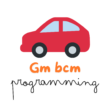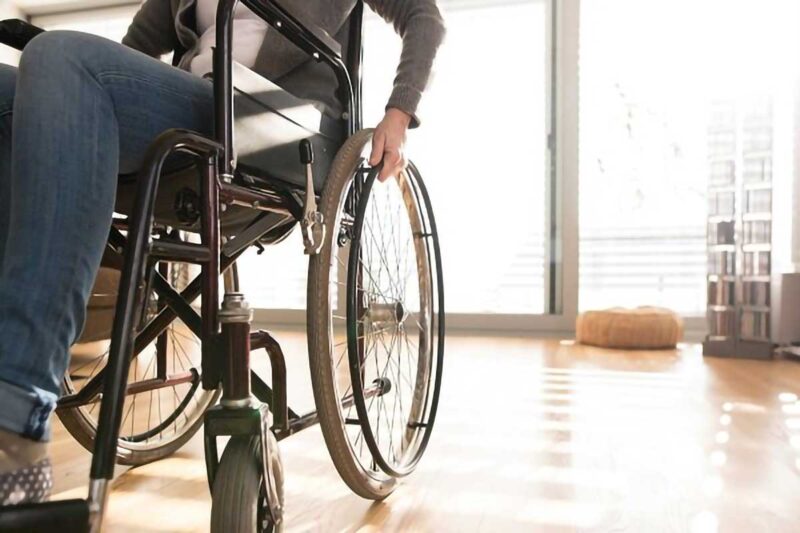The advancement in technology made a lot of positive changes in our lives, more importantly for people with mobility challenges. Since necessity is the mother of invention, mobility products are now enhanced and improved to cater to improve the quality of life of people with mobility challenges.
Wheelchairs
The modern wheelchair enhances the range of motion of the user, and electric wheelchairs in particular, have transformed mobility for people with disabilities.
Electric wheelchairs
Gone are the days of manual wheelchairs being the only option. Electric wheelchairs are now the preferred model with its easy-to-use controls and maneuverability. These chairs enable users to navigate and ride without difficulty.
Smart wheelchair controls
Technology has also given rise to smart wheelchair controls. For easier customization, users can adapt the settings according to their preference. They can adjust speed, sensitivity, and even control mechanisms. Smart controls also offer connectivity options. This allows users to sync their wheelchairs with smartphones or other devices for a personalized experience.
Wheelchair rentals
One of the challenges faced by individuals with mobility issues is the transporting of their mobility aids such as wheelchairs when they’re traveling. Fortunately, more and more countries and cities are enhancing accessibility for disabled tourists and travelers. In tourist-centric cities like Dubai, wheelchairs are readily available for rent. There are numerous mobility solutions specialists offering wheelchair on rent in Dubai. As such, tourists would not need to worry anymore about logistical concerns when traveling and could just rent a wheelchair on their destination.
Electric mobility scooters
Electric mobility scooters are improving how people with limited mobility travel.
With a small electric motor and battery, these compact devices allow riders to get to where they need to be. Their size makes it easy for users to maneuver them, fitting in spaces where wheelchairs can’t. On a full charge, many models may have a range of up to 30 miles, perfect for those with errands or who want to visit a friend. Maximum speed is at 8 mph, fast enough to keep up with those walking. Some even disassemble for convenient transport in a car trunk.
Compact and portable designs
Electric mobility scooters have become synonymous with convenience. These scooters allow users to move through crowded spaces because of its portability.
Long lasting batteries
One of the standout features of modern electric scooters is their long-lasting batteries. Mobility scooters are practical because users can enjoy extended periods of mobility on a single charge. This ensures users can go on longer journeys without the fear of running out of power.
Vehicle modifications
Vehicle modifications for disabled people changed the way they travel. With these modifications, individuals who use wheelchairs or have difficulty walking can now easily access vehicles and travel independently. These handicap vehicle modifications include wheelchair ramps, lifts, hand controls, and other assistive devices that can be installed in a regular car to make it accessible for people with disabilities.
Wheelchair ramps and lifts
One of the most common modifications for accessibility is a wheelchair ramp. With these ramps, people with mobility issues can easily enter and exit a vehicle without having to leave their wheelchair. This saves time and effort and also provides a sense of independence for disabled people.
Wheelchair lifts work the same way. But instead of wheeling inside the vehicle, these lifts hoist the wheelchair and its passenger into the vehicle. These lifts are typically installed in larger vehicles such as vans.
Hand controls
Another common modification is hand controls, which allow individuals with limited or no use of their feet to operate the gas and brake pedals with their hands. This modification typically involves installing a lever or grip attached to the steering wheel, which allows the driver to push or pull to accelerate or brake. Hand controls can also be combined with a steering knob, which provides additional support and stability while turning the wheel.
Adaptive seating
Adaptive seating is another important modification for handicap vehicles. With adaptive seating, specialized seats or seat cushions are installed, depending on the level of comfort and or support the individual with physical disabilities need. These seats are customizable and could come with lumbar or lateral support, and even cooling or heating features.
Apps and accessibilities
Navigation apps are a blessing for individuals with mobility challenges. With the help of these apps, users can plan their journeys with reliable information at their fingertips.
Technology’s also proven to be useful for those with communication problems. From text-to-speech applications to customizable interfaces, these apps empower non-verbal individuals to express themselves. The interfaces of these apps are also user-friendly.
Conclusion
Technology has the power to transform lives and open up new possibilities for people with disabilities. From speech recognition software to wheelchair designs, there’s been remarkable progress in developing tools that empower individuals and allow them to participate more in their school, work and community.









